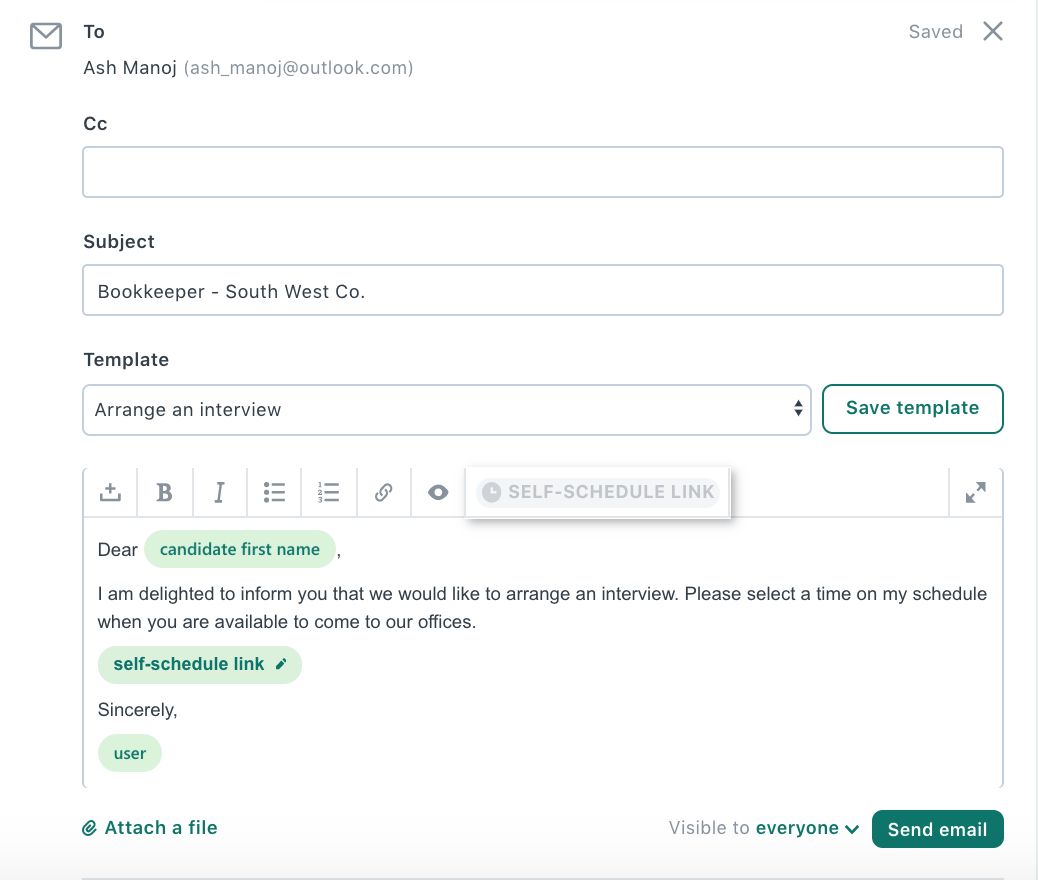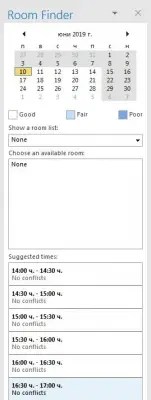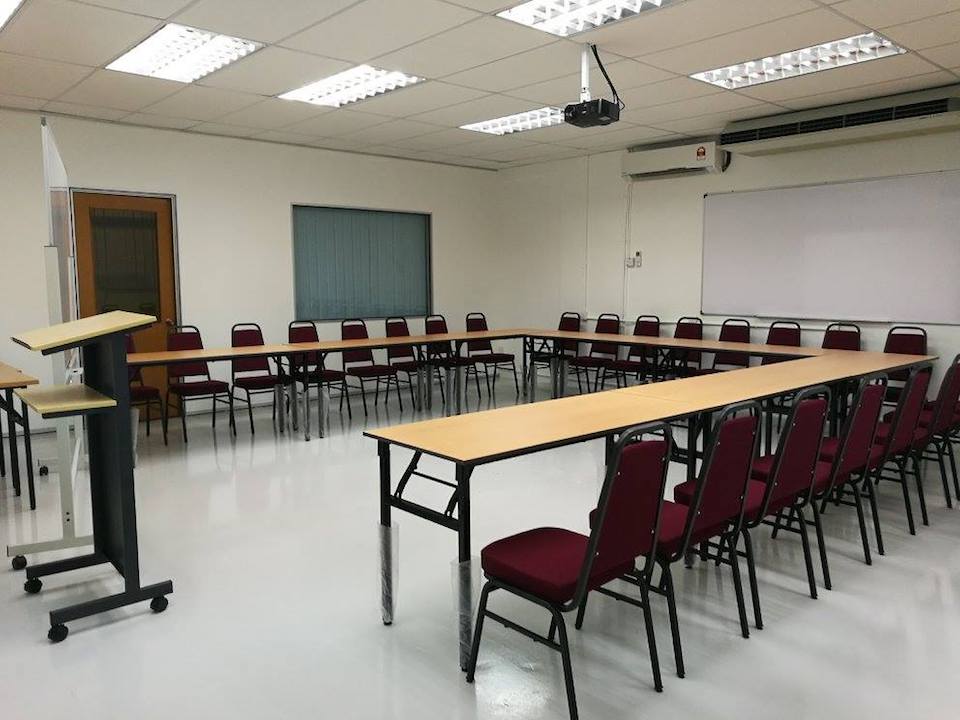Time Slot For Meeting Email
- Time Slot For Meeting Emails
- Request For Time Slot For Meeting Email
- Time Slot For Meeting Email Outlook
- Time Slot For Meeting Email Addresses
Almost everyone has meetings, sometimes despite their wishes. The lucky few only have an occasional call or in-person, but the rest of us often spend all day on the phone with customers. If you're like me and run a back-to-back schedule, you want to minimize your meeting snafus and focus on having as many productive conversations as possible.
If you use Gmail, you can use the Meetingbird Chrome extension to insert meeting times directly into your emails. A list of available times will be included in the email, and all the recipient has to do is click the best slot for them. It's a far more attractive way of doing things than most other interfaces. Indent 2 lines above and below it and/or put it in bold font. Example: “October 6, 10:30 - 11:45AM”. If the meeting is online, list the time zone so people in different time zones won’t miss out due to miscommunication. For instance, you might write: “October 6, 10:30 - 11:45AM (PST)”.
Every no-show, reschedule, delay, bad call connection, or other meeting hiccup can create anything from a minor annoyance to a scheduling disaster, throwing off the rest of your day. It drives me crazy when I spend fifteen minutes of a half hour call just trying to get a screenshare working, not to mention the potential lost revenue from a cancel or no-show.
I've spent years developing a process that helps my calendar run like clockwork. It's saved me countless hours, and I'd love for you to give it a try and see what you think.
1. Propose a Time
All right, let's do this. It's time to schedule a meeting, so first thing's first, we need to pick a time. This is the hardest part, so I've broken it down into subsections with an example.
Rule #1: Usually the first person who offers times gets the better schedule, so be proactive and offer some timeslots. Don't wait! Your first email should include specific time slot offers, instead of unhelpful invitations such as 'my whole Tuesday is open'.
Rule #2: Offer half hour blocks. All meetings should default to 30 minutes unless you know for certain they will be longer (like an onboarding call). In that case, offer hour blocks, and be explicit that this meeting will take an hour.
Rule #3: Propose two slots per attendee. If you're meeting with one person, offer two times. If you're meeting with two people, offer four. Every attendee increases the complexity of scheduling, so save yourself an email thread from hell by offering lots of time.
Rule #5: This also goes both ways: When somebody proposes a time with a timezone, pay attention. I've had meetings get rescheduled because somebody claims they thought the time was in Eastern instead of Pacific, even though I specified the timezone clearly in the email and invite. Always be aware of the proposed timezone, and if they don't propose a timezone and you're not 110% certain of their location, ask before accepting.
Rule #6: At the end of your time proposal, specify explicitly that 'I will send an invite'. Invites are they key to meeting success, and this clears up an entire round trip regarding how you will actually contact each other.
Here's an example, putting this all in action:
Third party: 'Matt, I'd like to introduce you to Sally, our head of product. She's interested in what you're working on and would like to learn more.'
Matt: 'Sally, pleasure virtually meeting you. (Moving to BCC)* I'd love to find a time to chat. How is 9 or 9:30AM PT on Tuesday the 22nd? Let me know and I'll send an invite.'

Sally: '9AM on the 22nd works great. Looking forward to chatting more.'
* In addition to proposing a time, move all non-scheduling-dependent parties to BCC. They'll thank you later.
Sweet, we've proposed a time. Let's get the details locked down
2. Block Off Time Proposals In Your Calendar
In my example above, I got lucky and Sally responded accepting my proposal immediately. This basically never happens, so to avoid double booking, put two calendar events in your calendar called 'TBD Sally' for 9AM and 9:30AM. That way you know you have an outstanding proposal, and don't accidentally offer it to somebody else.
3. Always Be Inviting
Calendar invites are the crux of business communication. The only invention greater than invites is the telephone itself. To remember when to use them, check out this helpful guide.
When should I send a calendar invite?
A) Always
B) Every Time
C) Upon Scheduling Each Meeting
D) All of the Above
It is crucial that you send an invite to every attendee of the meeting. This automatically blocks off the time in their calendar so they don't forget, as well as provides all requisite information on how to actually have the meeting. For more information about what actually goes in this invite, read on.
4. Invite Details are King
The details you provide in the calendar invite are the ultimate source of truth regarding where, when, and how to meet. It is important that you fill them out accurately.
#1 Subject: This is ironically one of the less important pieces in the invite. A subject covering the basics is sufficient: 'Bitmatica / Chinchilla.ly Intro Call' is fine, just remember to include both parties' names in the subject. If everybody sent me an invite called 'Bitmatica Intro Call', I'd have five hours of Bitmatica intro calls.
#2 Time: Pretty straightforward, just remember to add accurate start and end times in the invite, including the correct timezone. Their calendar will automatically translate your local times into their local times. Always make sure the length is correct: 30 minute meetings should be scheduled for 30 minutes, not the often default time of an hour. Nice feature: Most calendaring software lets you set your default meeting length to 30 minutes.

#3 Location: This is the most important field in the invitation! This is the part where you specify how you'll actually meet. Provide a dial-in with a phone number and access code, or a link to GoToMeeting, or a physical address with floor number. Whatever it is, just make sure it's clear and complete.
Good locations:
Conference Bridge: (415) 555-5555, Access Code: 12345
535 Mission St, 17th Floor, San Francisco
Join.me Link: http://join.me/bitmatica
Matt to Call Sally: (212) 555-5555
Bad locations:
Conference Line (what is it?)
Coffee (where?)
(415) 555-5555 (who is supposed to call this number? both of us? one of us?)
Our Office (where is your office?)
Empty (please don't leave this field empty!)
Pro Tip: After years and years of failed meetings, I have a mountain of anecdotal evidence that telephone is far and away the best communication mechanism. Many people request to meet over Google Hangouts, Skype, and other pure-VoIP solutions. I cannot count the number of times I've had to install plugins, failed to hear people over bad Internet connections, had their computer crash, or countless other glitches.
Telephone is still hands down the most reliable communication channel, so always offer a POTS-based dial-in first and foremost. If you plan on screensharing, it's often better to offer a screenshare link after everybody has joined the telephone line, that way you can troubleshoot in real time when inevitably somebody's computer can't see your screen. I often just read a Join.me link over the phone -- it works nearly 100% of the time.
#4 Description: This is where any details go, such as the agenda. It's very helpful to provide an agenda if you can, and for larger meetings with >4 attendees, I'd almost require it just to be respectful of everybody's time. You can also add semi-important details such as 'Check in at reception on the 14th floor when you get here'. Anything that can't be figured out three minutes before the meeting, however, should be part of the Location Field (such as 'access code 12345'). Some peoples' calendars don't show Description as prominent as they should.

#5 Attendees: And of course, remember to actually add everybody to the meeting. Mark their participation as optional if they aren't required to be there. Nice feature: If you use Google Calendar and want to invite a Google Group to an invite, you can just add that group name, and all email addresses will populate automatically.
5. Accept the Invite
When you receive an invite from somebody, make sure to click 'Yes'. That way the organizer knows you received the invite, confirmed the time, and are actually coming.
If your attendee doesn't accept the meeting and subsequently doesn't show up, half of the time they'll probably claim they never received an invite. Nine out of ten times that's probably not true and they just forgot, but if they accept the invite, at least you know they got it. And if they don't accept the invite...
6. Send a Reminder
For everyone, however, it's useful to set a reminder in your calendaring software between 3-10 minutes beforehand. That way you never forget.
7. T-Minus 5 Minutes Until Meeting Time. Man Your Email!
Here's one that drives me crazy. You're three minutes into a half-hour meeting and can't connect to the provided conference line. You email the attendees asking for or providing an alternate. Three more minutes go by. Silence.

When you're about to hop on the phone with somebody, watch your email like a hawk. Inevitably somebody will be running late, or their phone will die, or your WebEx link will break. When this happens, it's critical that you get the details squared away over email as if you were on instant message. Every minute you wait for somebody to respond is cutting into a thirty minute block that took you four months to schedule.
8. Meeting Time! Dial Whatever is in the Location Field of the Invite.
As I said before, calendar invites are king. The Location Field should specify exactly what you need to do or where you need to go to close this deal. Don't call their signature, don't call their cell, don't email them with your Skype handle, don't send them a request for a Google Hangout. Click the link or dial the phone number in the Location. If it's not there, somebody didn't follow Step 3.
In the (unfortunately common) case where the Location is empty or wrong, email them asking for their preferred dial-in information.
In the (still unfortunately common) case where they didn't follow Step 7 and don't respond to your email, do then try to call a number in their signature or whatever contact information you can find. A late meeting is better than no meeting.
In the (even still unfortunately common) case where they don't pick up, leave a voicemail for posterity, and forward them this blog post.
9. Please be on Time.
Early is on time, and on time is late. So be early. If you're meeting in person, at least ten minutes early. I promise you'll first get lost and then end up in the longest security queue the lobby has ever seen, so be early.
Pro tip: When you're scheduling an in-person meeting, make sure to plan travel time to and from the location. Don't book two back-to-back in-person meetings at offices across the city. You'll never be on time.
10. Please End on Time.
Time Slot For Meeting Emails
The length of the invite in your calendar is the length that the meeting should run. Meetings run over all the time, but only go over time if both parties agree. Otherwise, offer to schedule a follow up -- and take the last three minutes of the meeting to schedule it in real time over the phone! That way you hang up with another invite on the calendar ready to go.
Also, if you accept an invite for 2-3PM, it's rude to say you have a hard stop at 2:30. If somebody proposes to meet for an hour and you can't or don't want to, ask to reschedule ahead of time. Otherwise they may waste their time preparing an hour of content for no reason.
Bonus #11: I'm Running Late and Need to Reschedule.

That's cool, it happens. Just email the organizer / attendees as soon as possible letting them know, and propose an alternate time to meet. If you're running late, email the attendees saying so, and let them know when to expect you. If you think you might miss more than 15% of the meeting, propose a time to reschedule instead.
If you are the organizer, please do not cancel the meeting if you cannot attend. It automatically removes it from everyone's calendars without record, and now I can't easily reference the information to reschedule. Instead, propose an alternate time and reschedule the same calendar event. Avoid making new ones if possible because it's preferable to have a record of the same invite being changed.
Request For Time Slot For Meeting Email
Meetings sure are a lot more complicated than they seem! It may be a lot to remember, but if you stay vigilant and try following this process as closely as possible, you should end up with a far more productive calendar in short order.
As you can tell, I spend way too much time thinking about the optimal way to schedule a meeting. If you have any more tips on how to optimize meetings, we'd love to hear them!
Time Slot For Meeting Email Outlook
Matt Hubert is the co-founder of Bitmatica, a software design and engineering consultancy in San Francisco. Looking for help building your web or mobile product? At Bitmatica, every great relationship starts with a conversation and some free advice. Let's talk.
Time Slot For Meeting Email Addresses
Get in touch!